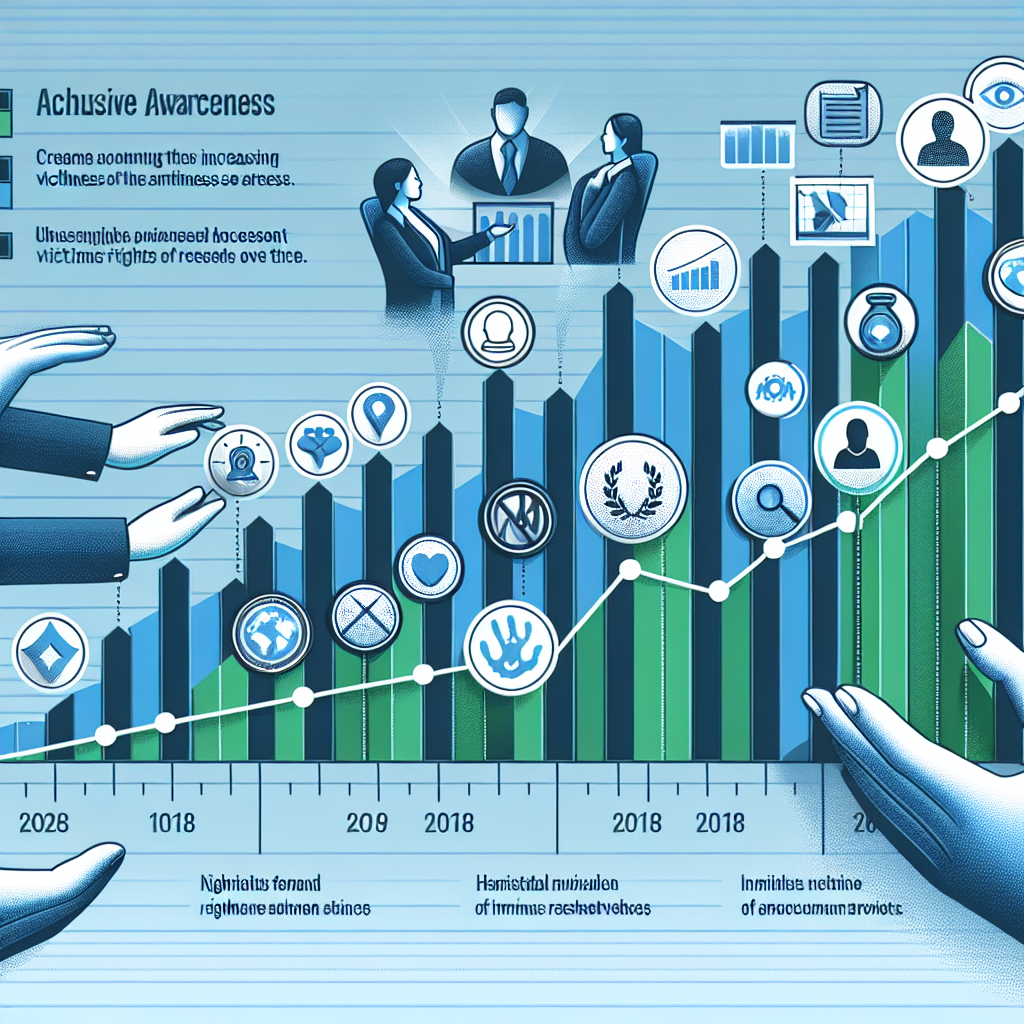Victim rights movement grows: What the Research Shows
This editorial delves into the growth of the victim rights movement, providing insight on its policy, economic impact and

The real people behind ‘victim’ labels often go unnoticed, with their stories and experiences overshadowed by systemic practices geared towards offenders. However, research indicates that this narrative is shifting as public awareness about victim rights expands.
Policy Overview: The victim rights movement has been instrumental in advocating for provisions such as Victim Compensation Programs and Victims’ Rights Acts across various jurisdictions. These policies are aimed at ensuring victims have access to justice and are adequately protected during criminal proceedings.
Historical Context: From silent suffering in the past to vocal advocacy today, victims’ plight has gained growing recognition. Legal reforms from mid-to-late 20th century onwards largely stemmed from sustained pressure exerted by progressive elements within society who sought equal treatment for victims.
Stakeholder Perspectives: Different stakeholders view this development differently. Law enforcement agencies express concern over potential resource constraints while human rights organizations champion greater representation of victims in legal channels.
Economic Impact: There’s a significant economic aspect tied to these developments – costs of trauma counseling services, loss wage compensations among others present substantial expenses which need careful deliberation.
Social Consequences: Increasing awareness about victim rights not only empowers individuals but reshapes societal attitudes towards crime and justice as well, fostering empathy rather than stigmatization.
Implementation Challenges: Despite strides made so far obstacles abound – lack of enforceability measures or limited resources pose significant hindrance against achieving comprehensive protection for all categories of victims.<P/
Success Metrics: The success of this growing movement is reflected in both statistical data such as reduced victimization rates and anecdotal experiences of those who have found hope and justice within the system.

Alternative Approaches: Rather than a one-size-fits-all model, refining policies to reflect cultural, geographical differences could be key. Some advocate restorative justice practices or community-driven approaches from indigenous cultures.
Future Projections: Research forecasts an upward trajectory for the victim rights movement though it notes the need for sustained efforts against potential policy rollback attempts. It also highlights emerging areas like digital crime victims requiring focused attention.
To conclude, examining these findings on a personal level turns statistics into stories – individuals reclaiming their dignity, societies evolving towards empathy-based justice systems. Perhaps this marks not just the growth of a movement but transformation of an ethos.